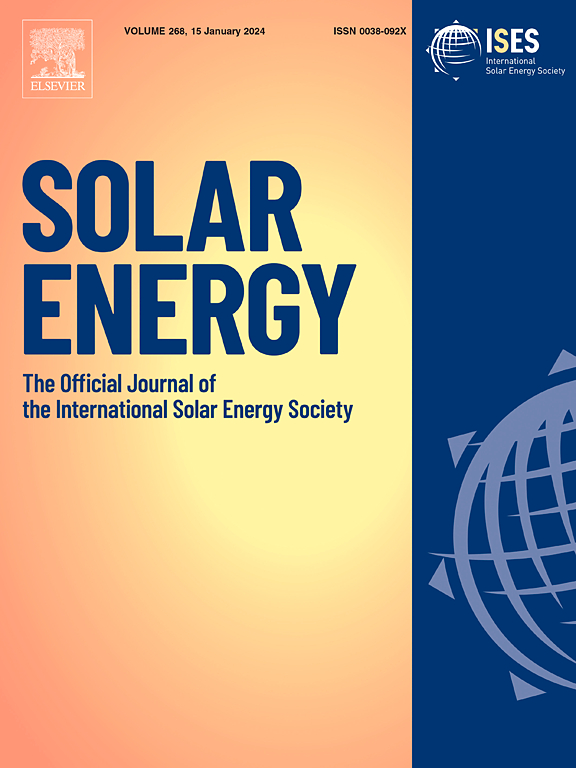Experimental investigation on improving the efficiency and water conservation performance of a novel spray-media pad coupled evaporative cooling system
IF 6
2区 工程技术
Q2 ENERGY & FUELS
引用次数: 0
Abstract
Evaporative cooling technology holds great potential for improving the efficiency of air-cooled chiller systems, leading to substantial energy savings. Spray cooling and media pad cooling technologies are limited by low cooling efficiency and high water consumption, respectively. A three-stage evaporative cooling system (SMEC) integrated micro-mist spray and media pad was designed to tackle these challenges. Cooling performance on SMEC, especially water conservation performance was focused. The cooling efficiency of 67.9 % is achieved by the SMEC system under standard summer air conditions of 35 °C and 60 % relative humidity. Compared to single spray and single media pad cooling systems, the SMEC system shows a 7.4 % and 10.9 % improvement in cooling efficiency, respectively, while reducing water consumption by 16.7 % and 78.5 %, respectively. The parametric sensitivity analysis showed that as the inlet air relative humidity and velocity increase, the SMEC system’s cooling and humidification performance weakens; conversely, it improves when the spray flow rate increases. Water utilization decreases with higher inlet air relative humidity and spray flow rate but increases with higher air velocity. Additionally, in the context of the SMEC system, when the media pad thickness is increased from 50 mm to 100 mm, the cooling efficiency and water evaporation efficiency are increased by 20.3 % and 3.1 %, respectively.
提高新型喷雾-介质垫层耦合蒸发冷却系统效率和节水性能的实验研究
蒸发冷却技术在提高风冷式冷水机系统的效率方面具有巨大的潜力,可以节省大量的能源。喷雾冷却和介质垫冷却技术分别受到冷却效率低和耗水量大的限制。为了解决这些问题,设计了一个三级蒸发冷却系统(SMEC),该系统集成了微雾喷雾和介质垫。重点研究了SMEC的冷却性能,特别是节水性能。在35°C、60%相对湿度的标准夏季空气条件下,SMEC系统的制冷效率为67.9%。与单喷淋和单介质垫冷却系统相比,SMEC系统的冷却效率分别提高了7.4%和10.9%,用水量分别减少了16.7%和78.5%。参数敏感性分析表明,随着入口空气相对湿度和速度的增大,SMEC系统的冷却加湿性能减弱;相反,随着喷雾流量的增加,它会有所改善。水的利用随进风相对湿度和喷雾流量的增大而减小,随气流速度的增大而增大。此外,在SMEC系统中,当介质垫层厚度从50 mm增加到100 mm时,冷却效率和水蒸发效率分别提高了20.3%和3.1%。
本文章由计算机程序翻译,如有差异,请以英文原文为准。
求助全文
约1分钟内获得全文
求助全文
来源期刊

Solar Energy
工程技术-能源与燃料
CiteScore
13.90
自引率
9.00%
发文量
0
审稿时长
47 days
期刊介绍:
Solar Energy welcomes manuscripts presenting information not previously published in journals on any aspect of solar energy research, development, application, measurement or policy. The term "solar energy" in this context includes the indirect uses such as wind energy and biomass
 求助内容:
求助内容: 应助结果提醒方式:
应助结果提醒方式:


